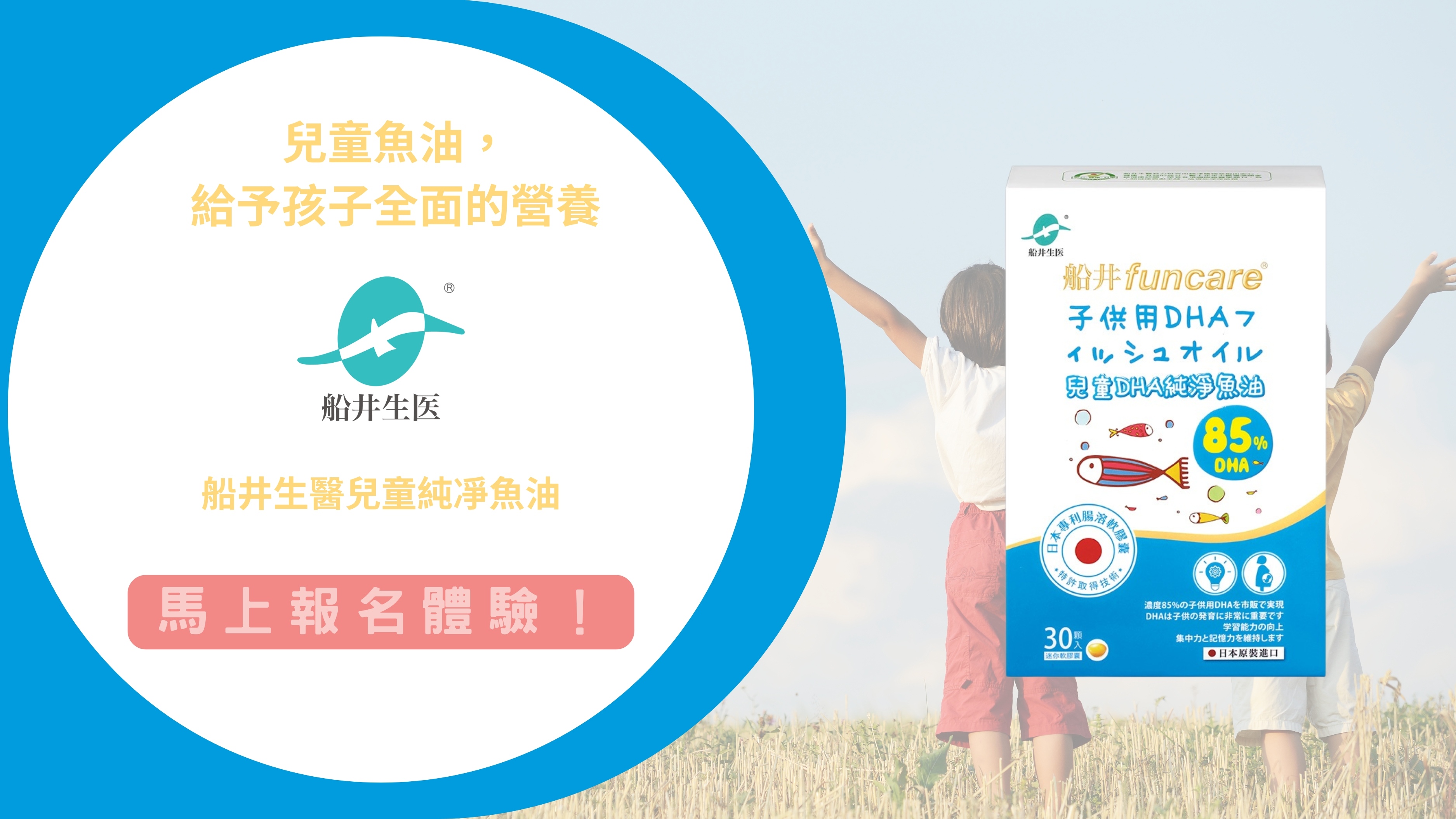祕魯.太陽與咖啡合作社.有機認證咖啡
Peru Cajamarca Sol Y Café

□產區:Rioja/San Martin
□生產者:區域小農
□海拔:1200~2050
□品種:Bourbon,Typica,Caturra,Catuai,Pache,Mondonovo
□處理法:水洗
□風味敘述:橘子,萊姆,柚子與蜂蜜,綠茶氣息,柔和滑順…
□公平交易.有機認證.雨林聯盟
□行政院農糧署有機農糧入第106-156200003號有機標示許可

□秘魯有超過一千一百萬人從事農業相關的工作,絕大多數都是各自經營的小農戶,由於城市之間距離遠,運輸成本高,由小農組織的團體就扮演格外重要的角色.2005年國際公平貿易標籤組織進駐秘魯,協助秘魯農民進入公平貿易體系,打開國際市場,目前已經有超過110個合作社取得公平貿易標籤.
公平貿易強調整個產業鏈從消費者,貿易商,通路商,生產者,每個環節都要被公平對待,因此想要取得公平貿易認證得符合一定程度的規範,諸如讓農民有合理收入,要友善環境等等…
過去,農民想要增加收入,最直接的做法就是不斷開發雨林,擴大種植面積,讓亞馬遜原始雨林在不受規範的開發下,從1970年代起消失了75萬平方公里…
近幾年,環境保護的議題逐漸受到重視,如何讓熱帶雨林和當地農民共存共榮,也成為全球重要的課題.於是不砍除原生林,把咖啡樹種在樹蔭下,成為現在永續利用的方式之一,在秘魯已經有一半以上的咖啡樹都種在樹蔭下,如此做法,不但能保有雨林,也確實能提升咖啡品質.
根據公視新聞議題中心的相關報導,秘魯小農的路,越走越寬廣,讓秘魯成為全球有機咖啡產量第一的國家,出口產值超過兩億美金.秘魯政府也深刻理解有機農業是一條對別人對自己都好的路,除了鼓勵小農組織成協會或合作社等團體之外,也規劃相關配套措施,讓祕魯成為有機農業出口的第五大國.

□History...
Though coffee arrived in Peru relatively early—in the middle of the 1700s—it wasn’t cultivated for commercial export until nearly the 20th century, with increased demand from Europe and the significant decrease in coffee production in Indonesia. British presence and influence in the country in particular helped increase and drive exports: In the early 1900s, the British government took ownership of roughly 2 million hectares of land from the Peruvian government as payment on a defaulted loan, and much of that land became British-owned coffee plantations.
As in many Central and South American countries, as the large European-owned landholdings were sold or redistributed throughout the 20th century, the farms became smaller and more fragmented, offering independence to farmers but also limiting their access to resources and a larger commercial market. Unlike many other countries whose coffee economy is dominated by smallholders, however, Peru lacks the organization or infrastructure to provide economic or technical support to farmers—a hole that outside organizations and certifications have sought to fill. The country has a remarkable number of certified-organic coffees, as well as Fair Trade–, Rainforest Alliance–, and UTZ-certified coffees. Around 30 percent of the country’s smallholders are members of democratic co-ops, which has increased the visibility of coffees from the area, but has done little to bring incredibly high-quality lots into the spotlight.
As of the 2010s, Peru is one of the top producers of Arabica coffee, often ranked fifth in world production and export of Arabica. The remoteness of the coffee farms and the incredibly small size of the average farm has prevented much of the single-farm differentiation that has allowed for microlot development and marketing in other growing regions, but as with everything else in specialty coffee, this is changing quickly as well. The country’s lush highlands and good heirloom varieties offer the potential for growers to beat the obstacles of limited infrastructure and market access, and as production increases, we are more likely to see those types of advancements.
(圖文彙整/咖啡舖子Ryan Chien 2018/01/28)



 留言列表
留言列表


